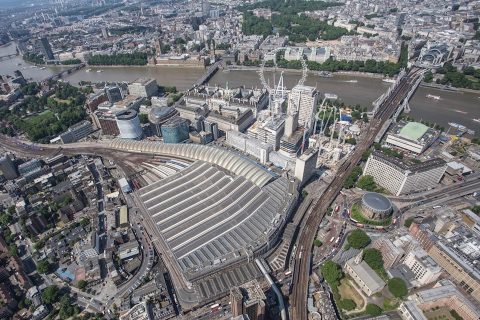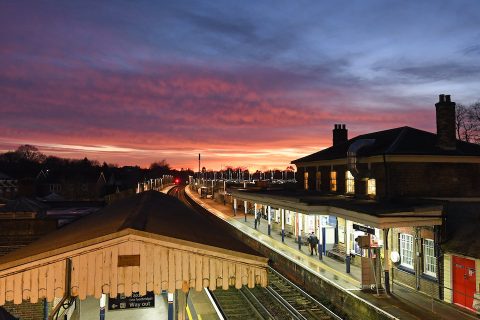What are the biggest barriers for new entrants on the international train market?

Gaining access to the rail infrastructure and finding suitable equipment. These are the biggest stumbling blocks for private carriers to start an international connection, at least, between the Netherlands and other European cities. “The risks to enter the market are considered too high”, conclude researchers from consultancy firms Arcadis and Berenschot, who are working on a market exploration for open access for rail carriers on behalf of the Dutch Ministry of Infrastructure.
Want to read more?
You have read all of your free premium articles for this month. Please become a subscriber to keep reading.
Subscribe now!
Take advantage of our exclusive offer to get full access to all premium content.




